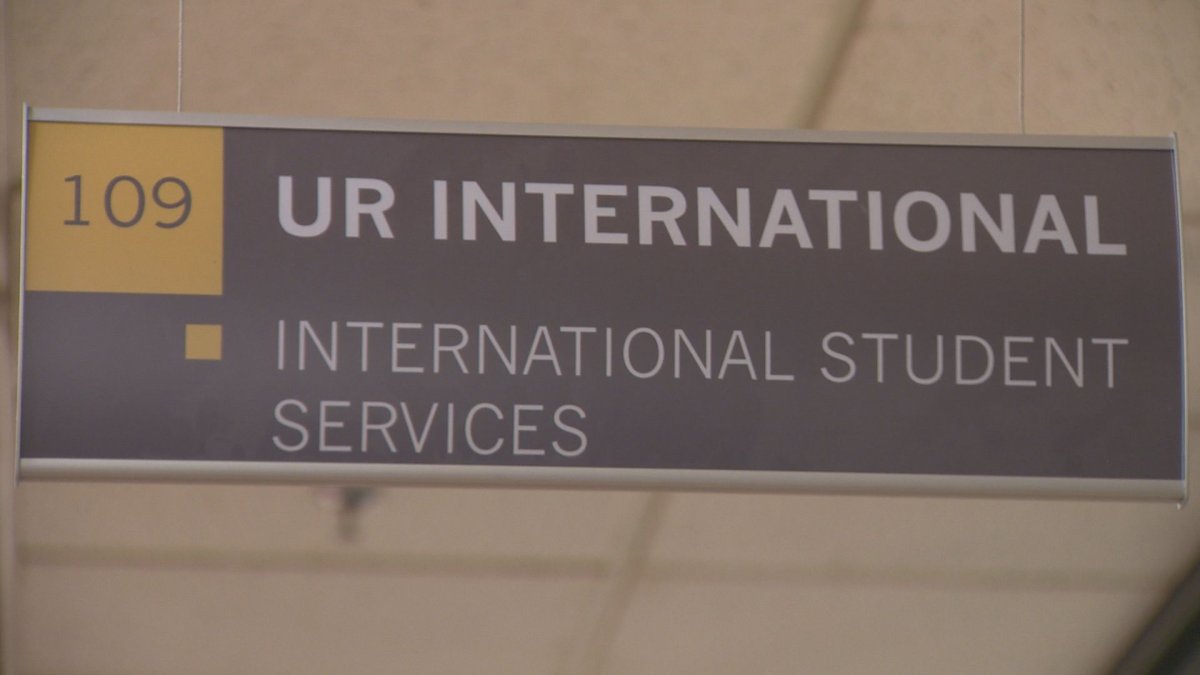More international students than ever before are studying in Canada.

According to data from Immigration, Refugees and Citizenship Canada (IRCC) there were more than 572,000 foreign students in Canada last year.
The number of foreign students studying in the country rose by 16.25 per cent 2018 and grown by 73 per cent in the last five years.
At the University of Regina, its international student population has skyrocketed over the last decade.
“Ten years ago we used to have around 536 international students. Our data is showing that this year we have around 2,097 students,” said Livia Castellanos, the University of Regina’s chief international officer.
With the growing population at the university, Castellanos has also seen a change in the demographics.
“Oour demographics shift every couple of years. A few years ago our biggest demographic were the Nigerian students, then we had the Saudi Arabian students and now it is the Indian students,” she said.
This change in demographics reflects the trend around the country.
Students from India have been much of the drive behind the fast-growing foreign student population in Canada. The number of Indian students grew by 40 per cent in 2018, for an overall growth of just under 350 per cent since 2014. They’ve now surpassed China as the leading sending market.
British Columbia, Ontario and Quebec make up 84 per cent of Canada’s international student population, Saskatchewan is home to only 2 per cent.
However, Castellanos said she is seeing a trend of foreign students transferring from larger to smaller centres.
“We see on average I would say probably say 50 to 60 transfers a year,” she said.
Castellanos believes the quality of education is standard around the country. With the added benefits of living in a smaller city, for many, it may be a more practical option.
“Our students enjoy the small class size, small environment, and the small city. In addition, it’s a little bit cheaper than living in a bigger centre,” Castellanos said.
“Our UR Guarantee program also attracts many students.”
The UR Guaranteed program allows eligible students to come back for a year of undergraduate classes free of charge if they do not secure career-related employment within six months of graduation.
- Posters promoting ‘Steal From Loblaws Day’ are circulating. How did we get here?
- Video shows Ontario police sharing Trudeau’s location with protester, investigation launched
- Canadian food banks are on the brink: ‘This is not a sustainable situation’
- Solar eclipse eye damage: More than 160 cases reported in Ontario, Quebec





Comments